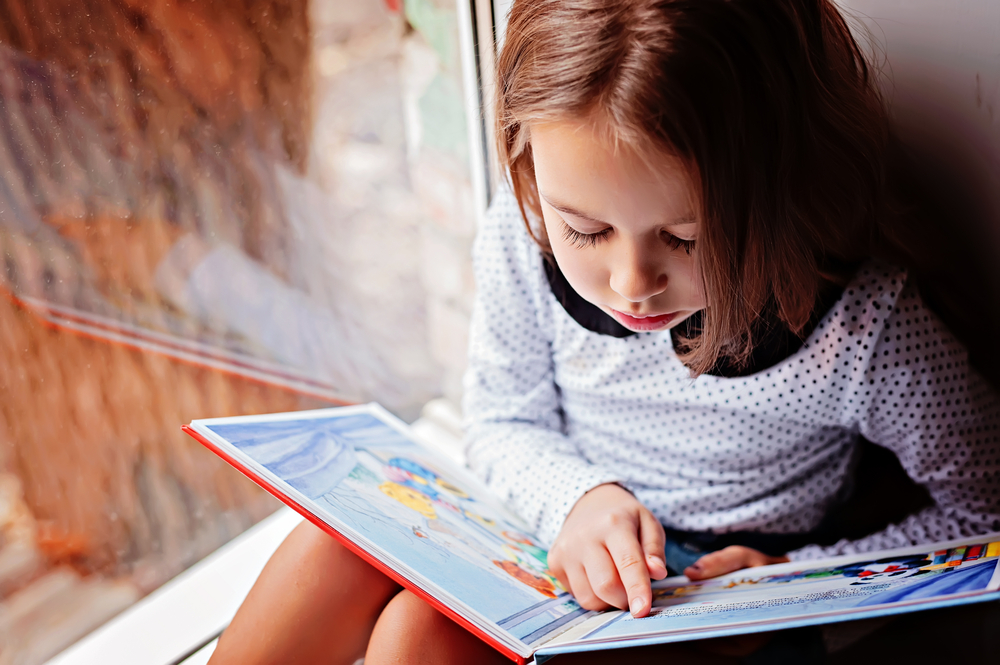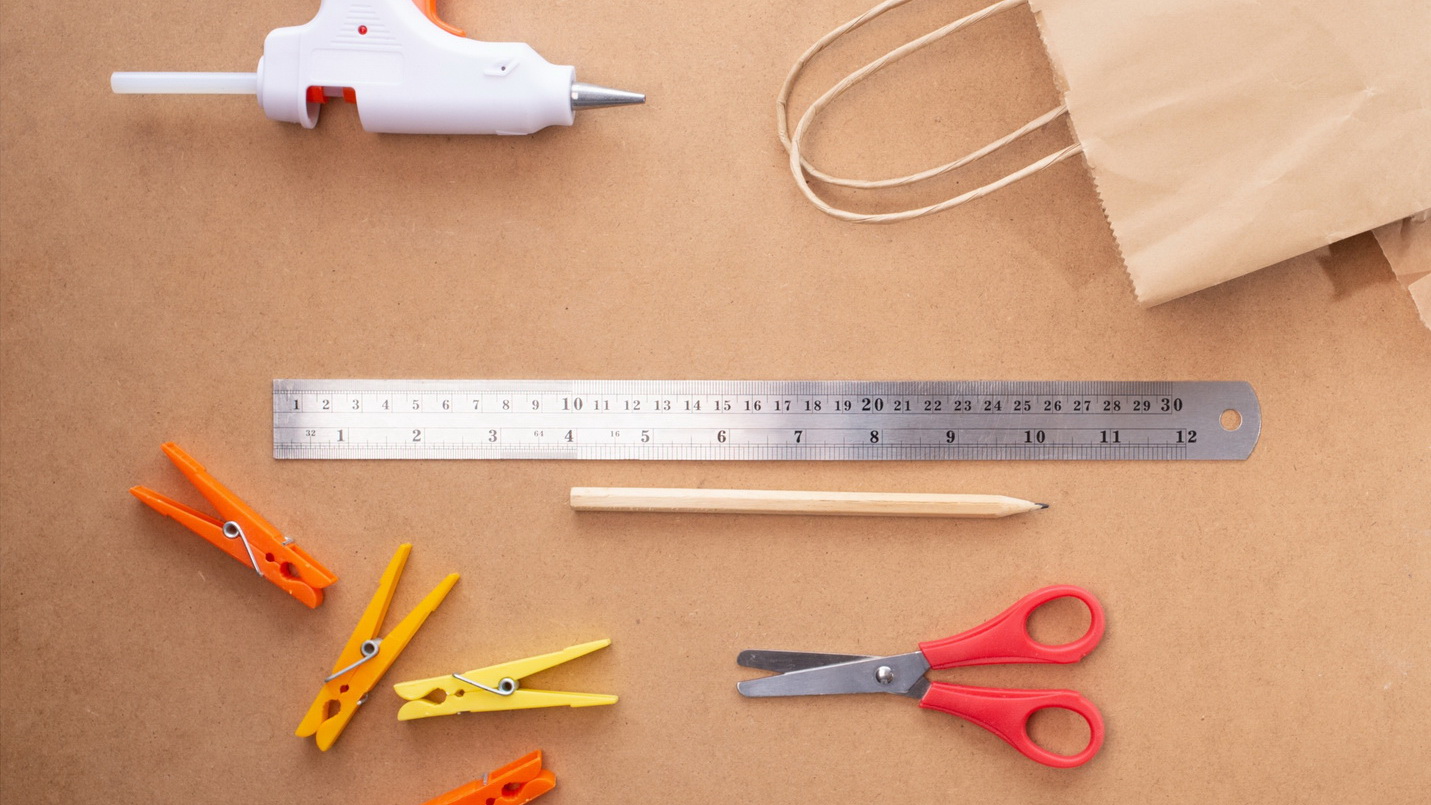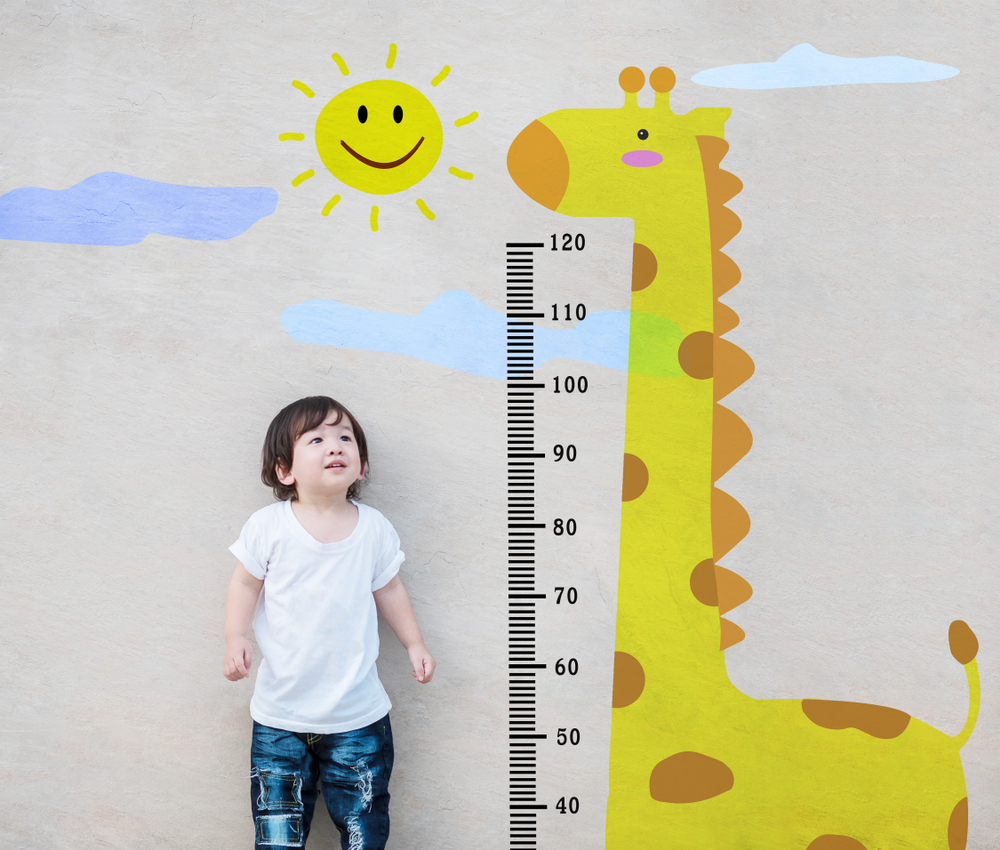Sound recognition Normal Worksheets for 6-Year-Olds
11 filtered results
-
From - To
Explore our engaging Sound Recognition Worksheets designed for 6-year-olds! Tailored to enhance phonemic awareness, these worksheets encourage children to identify and match sounds with images and words. Each activity promotes active learning through fun illustrations and interactive exercises. As your child colors and completes the exercises, they will build essential language skills that foster early reading development. Perfect for home or classroom use, our printable worksheets provide a simple yet effective way to make sound recognition enjoyable. Start your child's journey to literacy today with our easy-to-use resources that brighten their learning experience while reinforcing key auditory skills!


Blending Consonants: "Fl", "Bl" and "Gl" Printable


What Do You Hear? Worksheet


Rhyming Words Rhyming Worksheet
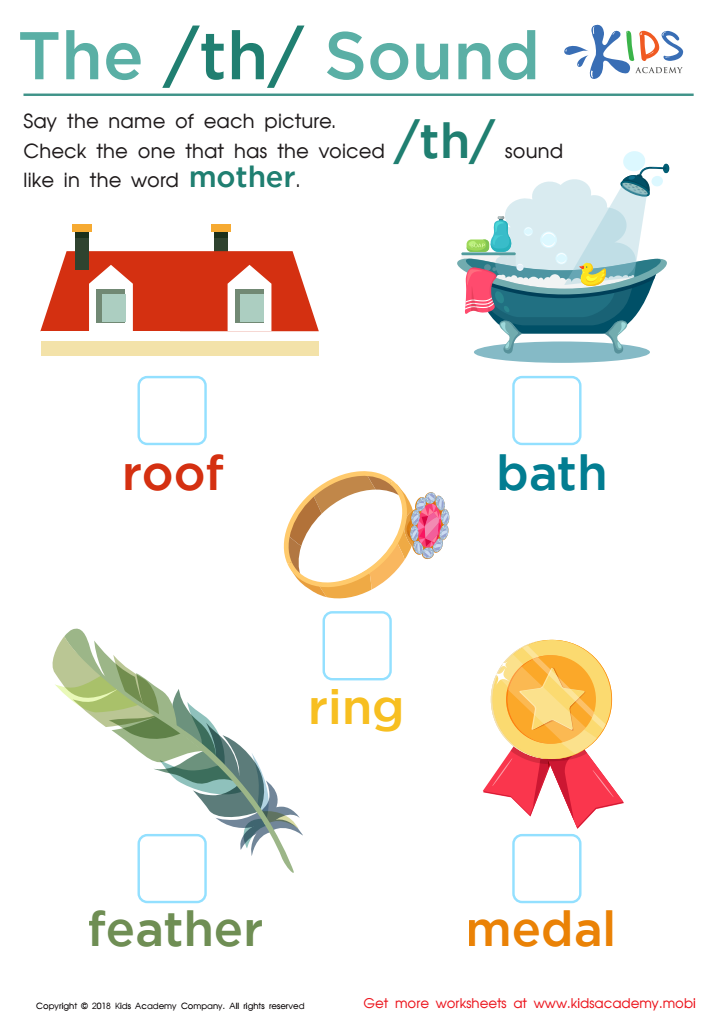

The /th/ Sound Worksheet


Can You Hear Me Worksheet


Long and Short U Worksheet
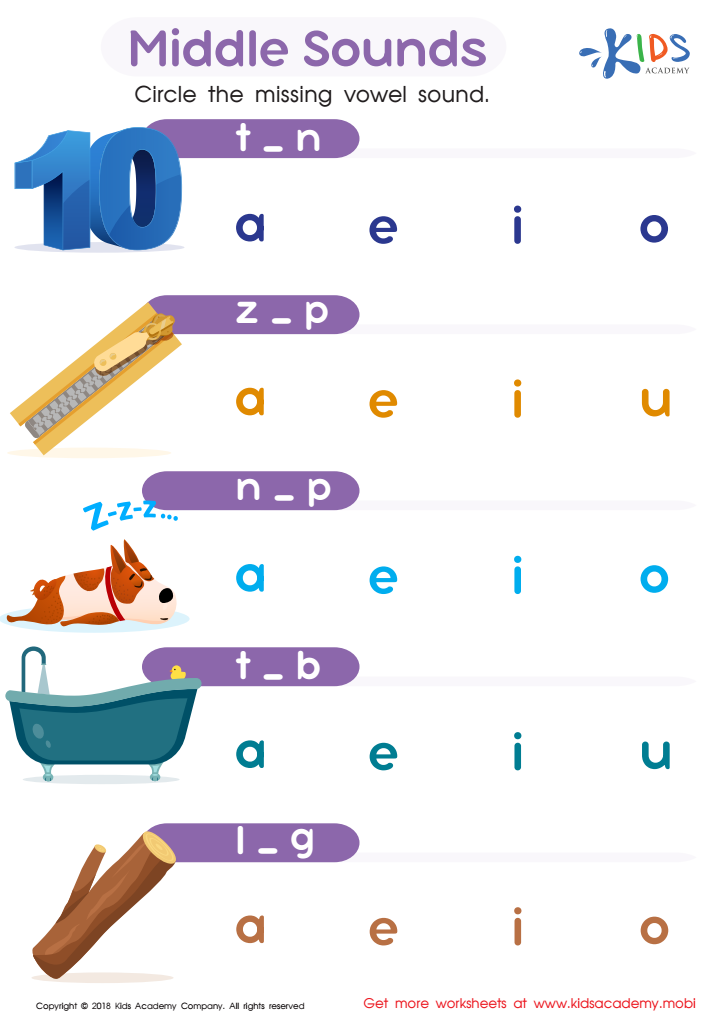

Middle Sounds Worksheet
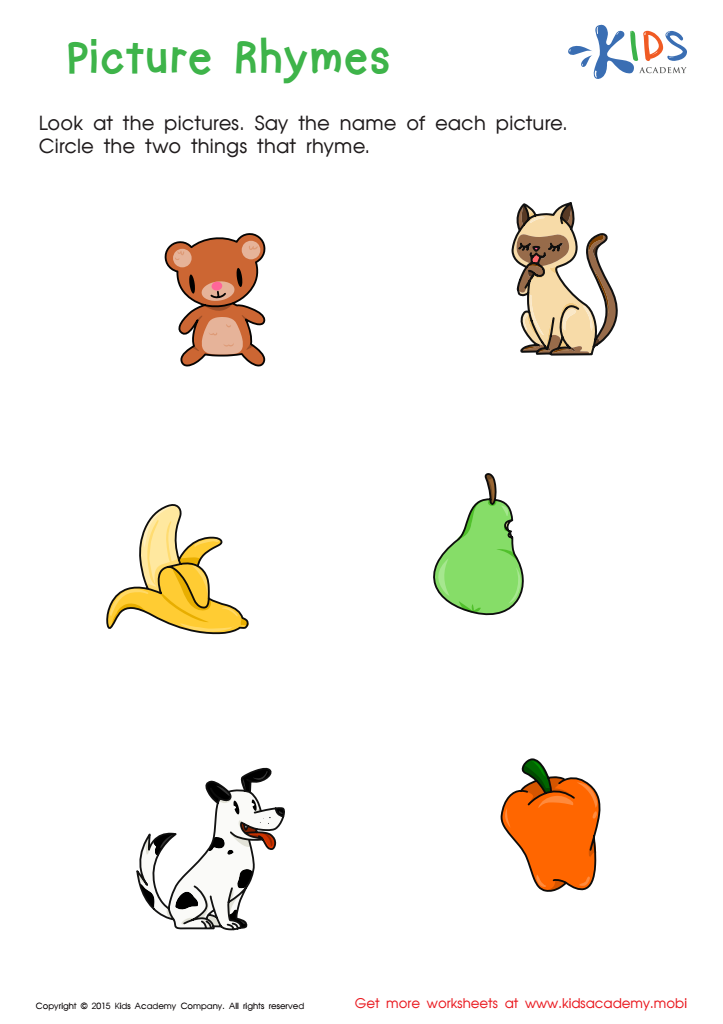

First Words: Picture Rhymes Worksheet
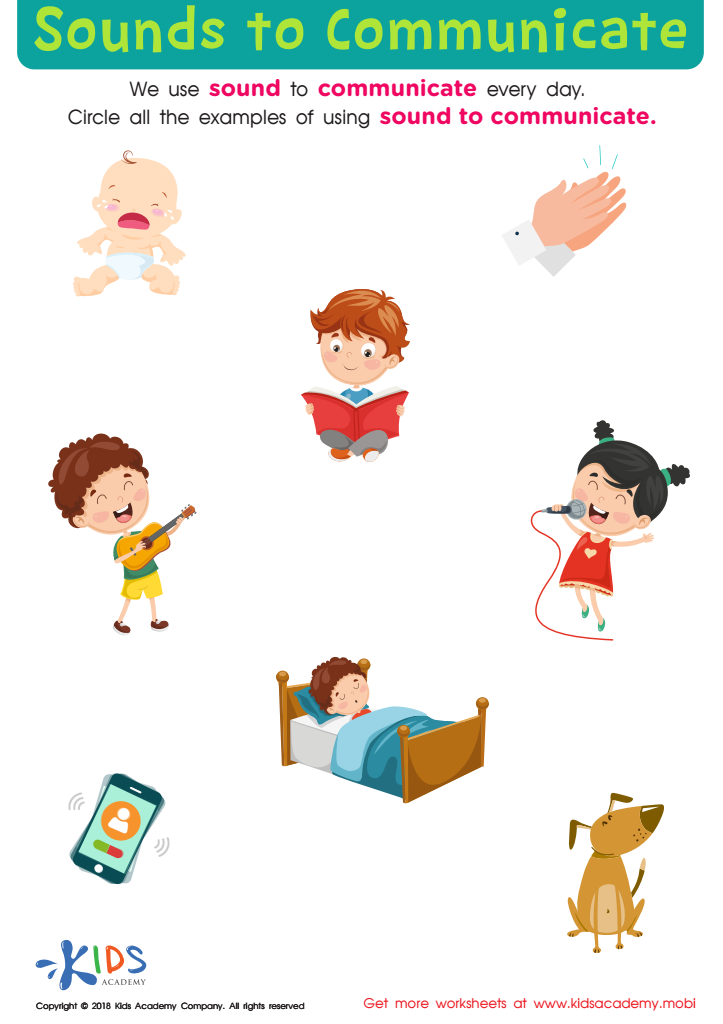

Sounds to Communicate Worksheet
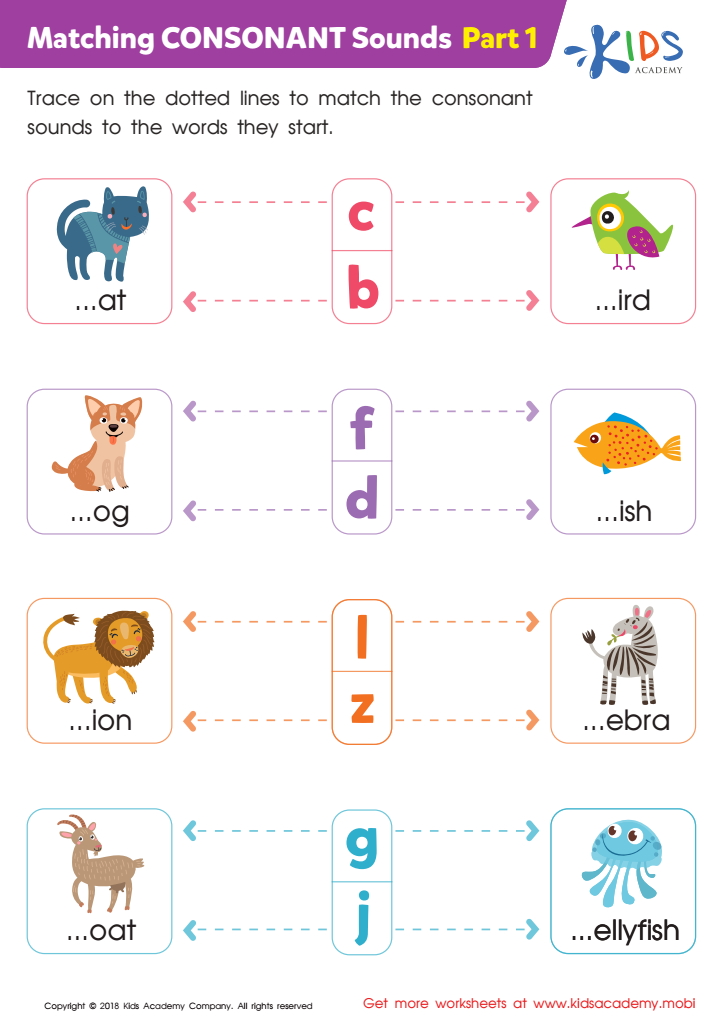

Matching Consonant Sounds: Part 1 Worksheet
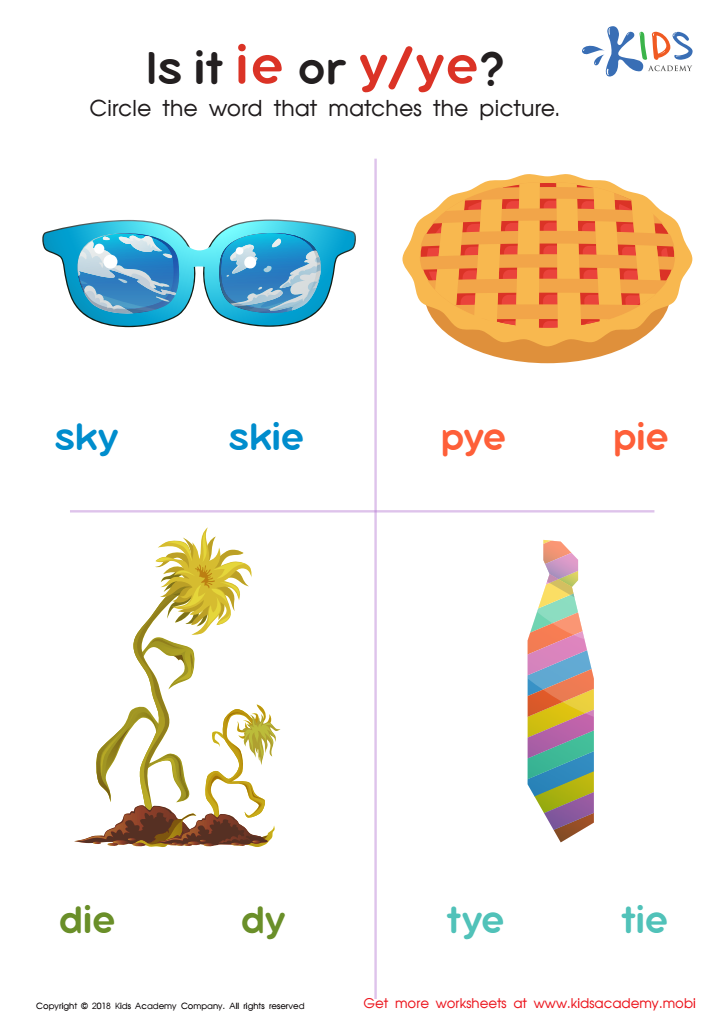

Is It IE or Y/Ye? Worksheet
Sound recognition is a fundamental skill for young children, especially for six-year-olds who are at a critical stage of language and literacy development. Parents and teachers should prioritize this aspect of learning for several reasons.
Firstly, sound recognition lays the groundwork for phonemic awareness, which is crucial for reading and writing. Children who can identify and manipulate sounds in spoken language are more likely to decode words successfully, leading to improved reading fluency and comprehension later on.
Secondly, sound recognition enhances listening skills. In an environment filled with distractions, the ability to focus on and distinguish sounds helps children follow instructions better and engage in discussions, essential skills in both academic and social settings.
Moreover, recognizing sounds contributes to vocabulary development. As children learn to match sounds with letters and words, they can expand their vocabulary and express themselves more effectively.
Lastly, sound recognition fosters confidence. Children who master this skill are more likely to participate in class and share their thoughts, laying the foundation for a positive learning attitude. For these reasons, investing time in developing sound recognition abilities is crucial for empowering young learners in their educational journeys.
 Assign to My Students
Assign to My Students





